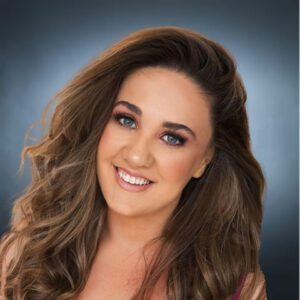My daughter’s dance teacher said that she is “Hypermobile”…what is this, and what does it mean for her as a dancer?
Around each of our joints are strong ligaments that help hold our bones together. In some people these ligaments are very tight, while in others they are quite stretchy. If a person has very stretchy or “lax” ligaments we call this “hypermobility”. This means that the amount of movement available at that joint is more than in a person who has tight ligaments. The mobility of the ligaments does not change very rapidly over time. However as we age, if the joints are not moved through their full range regularly, the ligaments may stiffen a little.
Please note that this is different to “flexibility”. Flexibility is how much the muscles can be stretched. It is possible for someone with tight ligaments to have flexible muscles, just as it is possible for a hypermobile individual with stretchy ligaments to have tight muscles. Flexibility can change very rapidly, with girls often feeling ‘tight’ one day and ‘loose’ the next, due to excessive exercise, fatigue, over-stretching, or climatic or hormonal change.
If a dancer is hypermobile, she will often find it easier to get into the positions that others find hard. However, she must take care to keep very strong and stable around her joints to avoid injury. As there is less protection to sideways movements through the ankles and knees, girls with hypermobile legs often get injured in these areas more easily. She should do lots of balance work on a wobble board or similar to increase her stability around these joints. This is also true in the spinal joints. If there is too much movement in the spine, the tissues that are trying to support it can get inflamed and this can be very painful.
Stability exercises focused on the tiny stabilising muscles of the back and deep abdominals, such as those done in Pilates can be very beneficial. These exercises should begin with very slow, controlled specific isolation of the desired muscles through small ranges of motion, until sufficient conscious control is achieved. Once the dancer can bring these muscles on at will, the range of motion in each exercise can be increased. Please note that exercises involving strong sharp contractions may be very dangerous for very hypermobile dancers.
The Beighton Scale is a very basic test used for assessing joint hypermobility. You can use this to check if your daughter is really hypermobile or just flexible.
Instructions
- Score one point if she can bend and place her hands flat on the floor without bending her knees.
- Score one point for EACH knee that will hyperextend >10 degrees (MAX. 2 points).
- Score one point for EACH elbow that will hyperextend >10 degrees (MAX. 2 points).
- Score one point for EACH thumb that will bend backwards to touch the forearm (MAX. 2 points).
- Score one point for EACH hand when she can bend the little finger back beyond 90° (MAX. 2 points).
The maximum score that can be attained is 9. There is no universally accepted cut off point, but a score of 4 or more out of 9 is generally accepted as indicative of hypermobility.















